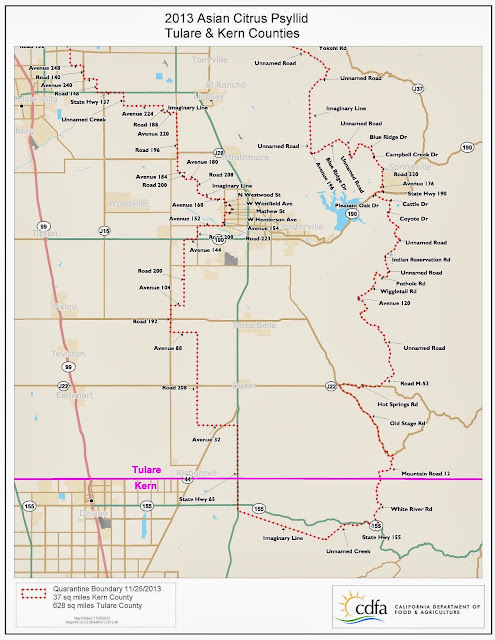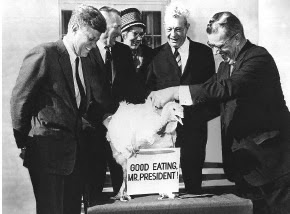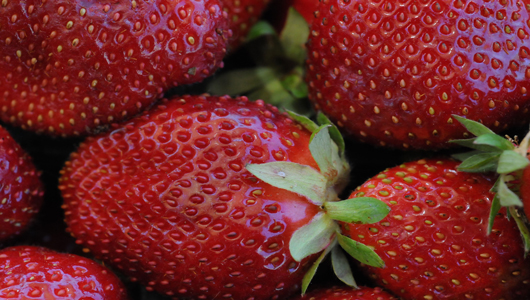NEW ACP QUARANTINE ESTABLISHED
ACP Quarantine Expands
In Tulare And Kern Counties
 In addition to the quarantines in these portions of Tulare and Kern Counties and nearby portions of Fresno County, ACP quarantines are in place in Imperial, Los Angeles, Orange, Riverside, San Bernardino, San Diego, Santa Barbara, and Ventura Counties.
In addition to the quarantines in these portions of Tulare and Kern Counties and nearby portions of Fresno County, ACP quarantines are in place in Imperial, Los Angeles, Orange, Riverside, San Bernardino, San Diego, Santa Barbara, and Ventura Counties.









